I first met Portuguese descendants of Sri Lanka when I was working for an American organization in Oman, where a number of them were employed in positions which required some special skills, like carpentry and fabrication work. Their surnames indicated they did not belong to traditional Sri Lankan names and they spoke a different language altogether, which I later came to know is a colloquial form of Portuguese language. They all came from the eastern city of Sri Lanka called Mattakalappu in Tamil, Madakalapuwa in Sinhala and Batticaloa in English and these people are direct descendants of Portuguese who ruled parts of Sri Lanka in the 16th century.
Going into the history of Sri Lanka I was amazed to study the conquest of Batticaloa by the Portuguese. In the 1500s, trade in the Indian Ocean was dominated by Arabs, Indians, Malays and Chinese, trading in spices and even elephants. In the early 16th century a new force in the form of Portuguese high speed ships with mounted guns arrived in the ocean and overpowered other sea farers in the region.
It was stormy wind conditions which first brought a Portuguese fleet commanded by Lourenco de Almeida towards Colombo in 1505. Their subsequent occupation of parts of the island lasted till 1658. Their occupation included the eastern city of Batticaloa where they commenced construction of a Fort in 1622. It was completed in 1628 and subsequently the Dutch invaders captured the Fort ten years later and destroyed it in 1639.
According to records, reconstruction of the Fort commenced in 1665 under Dutch rule and renovated in 1682. Later. The Fort was ceded to Kandyan kingdom in 1766 but Kandyan rulers finally lost their kingdom to Britain in 1796.
The Fort is still called the Dutch Fort even though it was originally built by the Portuguese. I visited Batticaloa Fort to see its present condition and found some government offices including the Kachcheri or the District Secretariat functioning inside the Fort. The Fort is a square structure with 4 bastions bordered by Batticaloa Lagoon on two sides and a moat on the other two sides. I understand plans are in place to move the Kachcheri to another location. Visitors are allowed to go to the top of the Fort. I found some old canons neatly placed on all sides of the structure and attracts tourists. Full access to the Fort is given on week-ends when the offices are closed, otherwise they can visit the top.
The sad part was the top of the Fort had not been maintained well during my visit and looked like a garbage dump with plenty of empty bottles, cans and remnants of food thrown all over, hopefully the problem has been solved by now.
A structure built outside the Fort captured my eyes. It looked like a Bible of the Dutch era, but on closer look it was a plaque giving a history of Batticaloa. A sentence in this plaque reads "this Fort is one of the major historical monuments in the country and a memorial of three colonies".
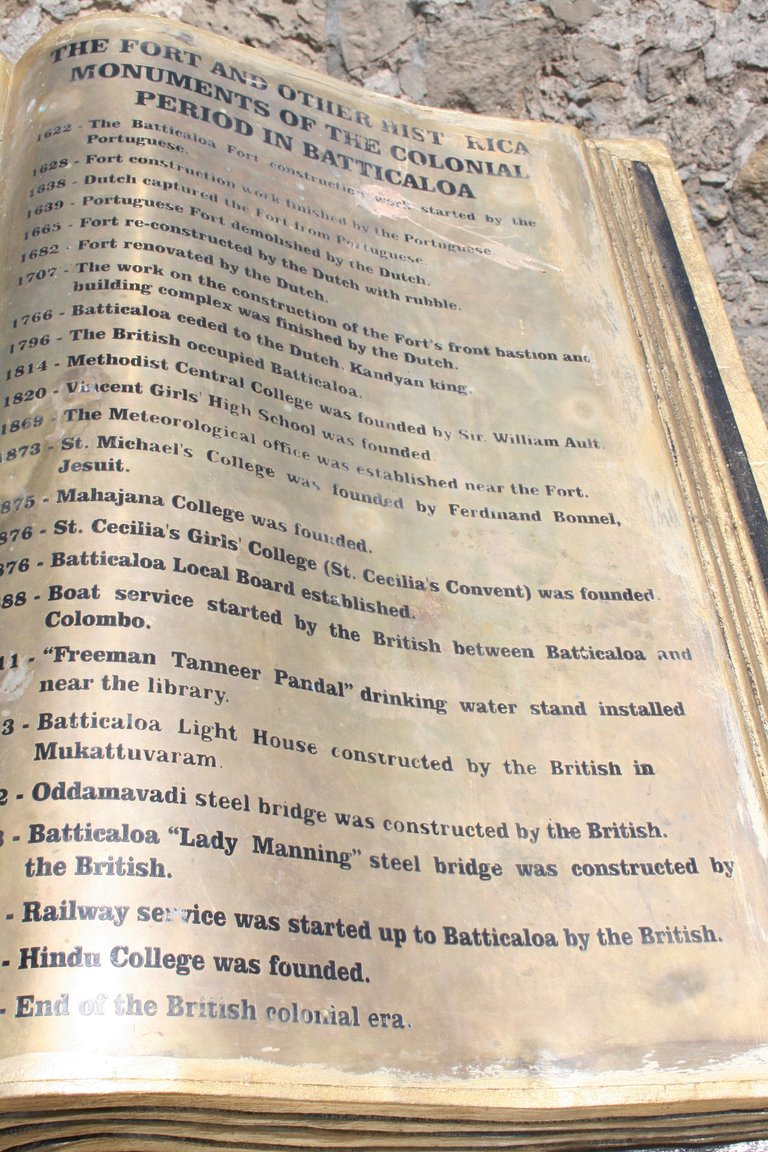
(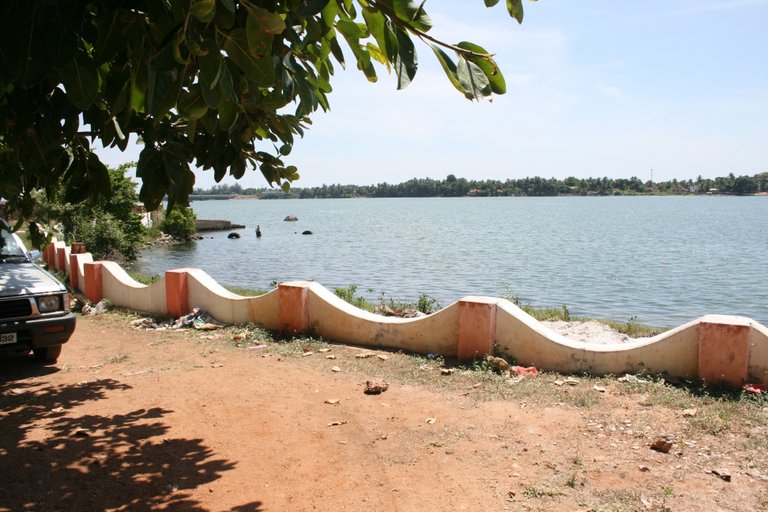

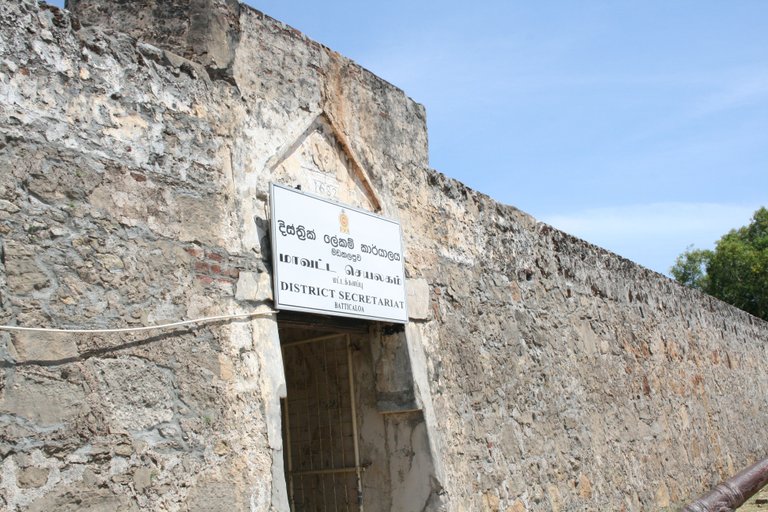
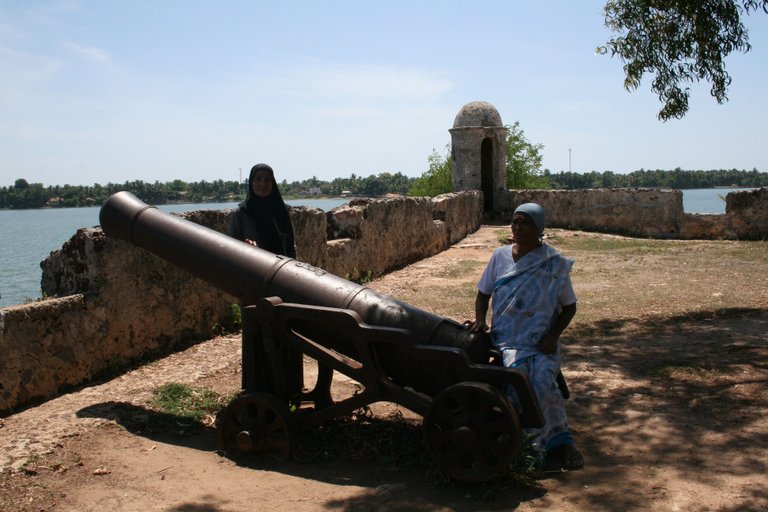
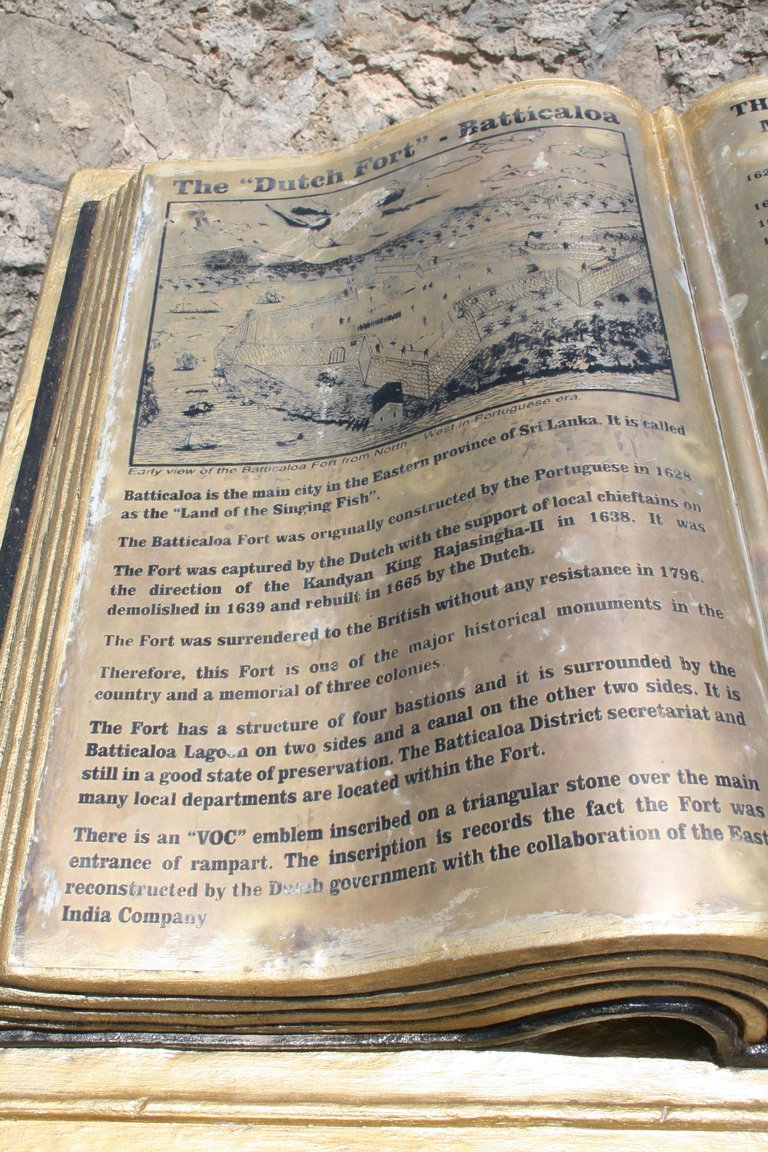
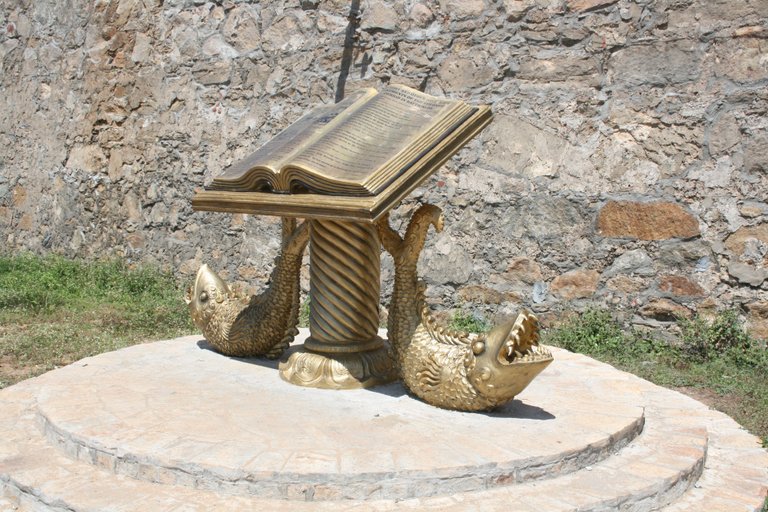
I had a friend who lived down Singing Fish Lane in Batticloa. I wish there were more videos and articles on this fascinating topic!